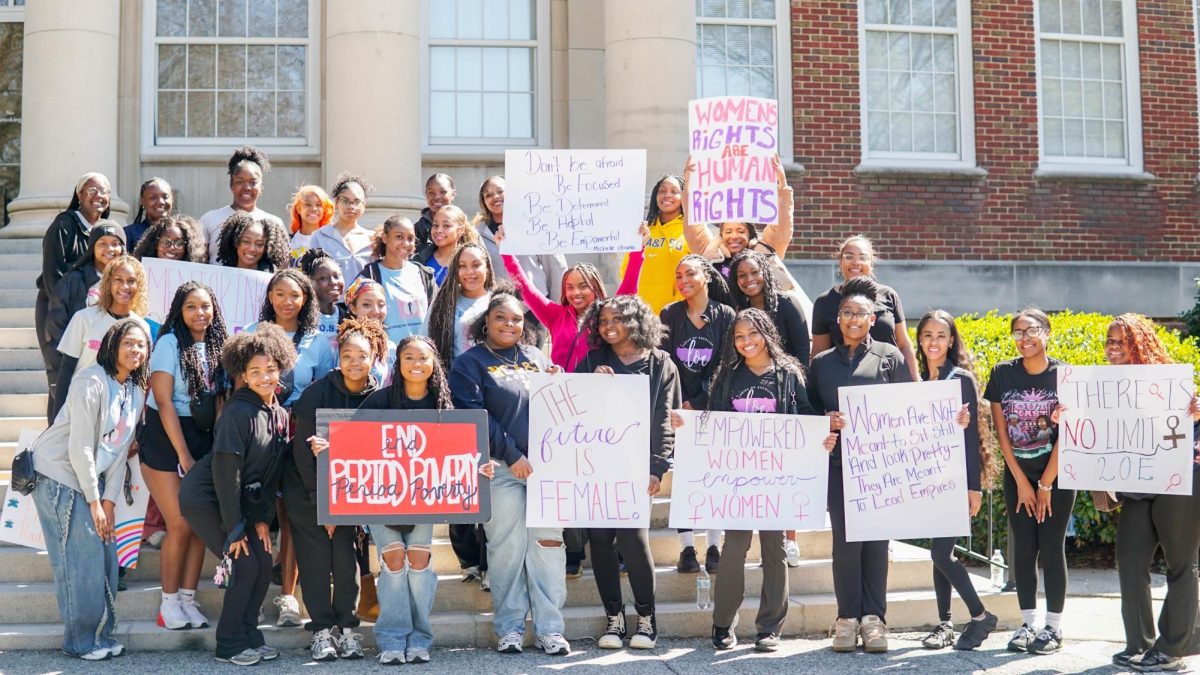On Thursday, November 10th, the author of Hidden Figures, Margot Lee Shetterly, visited the University of North Carolina at Chapel Hill to discuss the historical significance of the incredible story being told in her recently published book – an instant New York Times best seller. The chancellor of UNC-Chapel Hill, Carol Fulte, was also ecstatic to introduce a new exhibit for the Morehead Planetarium and Science Center, “First in Flight – Our Human History.”
From the beginning, Margot Shetterly made clear that her inspiration for conducting the extensive research and writing the story in the first place was a matter of embracing diversity and inclusion, which of course means not excluding an extraordinary group of women from space history just because of their race. This story has been hidden for the several decades, and now, thanks to Shetterly, it will be unveiled on the big screen for millions to see.
This historical narrative tells of the Black female mathematicians who helped the United States win the space race. They were most influential from the 1930s to the 1980s. These women include Janet H. Bragg, the first African-American female to pilot for NASA in 1933, and of course, Catherine Johnson, Dorothy Vaughan, Mary Jackson, and Kristine Jardon – the latter of whom worked at the Langley Laboratory of Hampton, Virginia.
The plot of the story begins during World War II, with the first Black woman – Dorothy Vaughan – hired to work at Langley in 1943. By the time WWII ended, there were 24 Black women working at Langley, an astounding number considering the turbulent times. Mary Jackson was the first Black female engineer of Langley while Catherine Johnson calculated the trajectory for John Glenn’s space flight and later won the Presidential medal of freedom, presented to her by President Barack Obama. Kristine Jardon wrote software in the 1970s that is still used today to conduct advanced research for the supersonic boom phenomenon – her work made flights safer and more efficient.
As noted by Shetterly, “the work that they did was exacting and difficult” but it was still considered to be “women’s work.” Their official job titles labelled them as the “computers” of NASA, and though they greatly contributed to the full growth of the U.S. aeronautics, they were paid less than the men and faced much racial discrimination. These amazingly intelligent women were forced to work in isolation in the West Area Computing wing of the Langley Laboratory, in seclusion from everyone else. They were assigned a separate table in the cafeteria with segregated bathrooms for the “colored girls.”
If that’s not enough, only a handful of women received credit on their research reports for the work they did, but in 1943, Dorothy Hoover managed to co-author and publish two research reports – a mighty feat during that time. Even though the work of these Black female mathematicians was classified and could not be publicized at the time, they remained a secret for so many years due to racial discrimination and sexism.
As Shetterly stated, “it was a struggle just to get through the door,” but they did it and they excelled. They worked tirelessly and courageously to prove they were more than just human versions of a calculator, and they paved the way for other Black female mathematicians to continue the legacy. Though some of us may feel angry and deprived for having just learned of these women, we cannot change the past. The best we can do now is to rejoice in their accomplishments and support their work by educating ourselves and others.
These women literally changed the course of human history, so anyone who fails to see the movie and/or purchase the book will be remised to have neglected such a critical portion of the American space race. Hidden Figures is available on Amazon and the movie will be released on Christmas day of this year.






